Indeed most of the literature assumes your games are either lost or won and award a score of 0 or 1, which will turn into a win ratio when averaged over the number of games played. Then exploration parameter C is usually set to sqrt(2) which is optimal for the UCB in bandit problems.
To find out what a good C is in general you have to step back a bit and see what the UCT is really doing. If one node in your tree had an exceptionally bad score in the one rollout it had then exploitation says you should never choose it again. But you've only played that node once, so it might have just been bad luck. To acknowledge this you give that node a bonus. How much? Enough to make it a viable choice even if its average score is the lowest possible and some other node has the highest average score possible. Because with enough plays it might turn out that the one rollout your bad node had was indeed a fluke, and the node actually turns out to be pretty reliable with good scores. Of course, if you get more bad scores then it will likely not be bad luck so it won't deserve more rollouts.
So with scores ranging from 0 to 1 a C of sqrt(2) is a good value. If your game has a maximum achievable score then you can normalize your scores by dividing by the max and force your scores into to 0-1 range to suit a C of sqrt(2). Alternatively you don't normalize the scores but multiply C by your maximum score. The effect is the same: the UCT exploration bonus is large enough to give your underdog nodes some rollouts and a chance to prove themselves.
There is an alternative way of setting C dynamically that has given me good results. As you play, you keep track of the highest and lowest scores you've ever seen in each node (and subtree). This is the range of scores possible and this gives you a hint of how big C should be in order to give not well explored underdog nodes a fair chance. Every time i descend into the tree and pick a new root i adjust C to be sqrt(2) * score range for the new root. In addition, as rollouts complete and their scores turn out the be a new highest or lowest score i adjust C in the same way. By continually adjusting C this way as you play but also as you pick a new root you keep C as large as it needs to be to converge but as small as it can be to converge fast. Note that the minimum score is as important as the max: if every rollout will yield at minimum a certain score then C won't need to overcome it. Only the difference between max and min matters.
